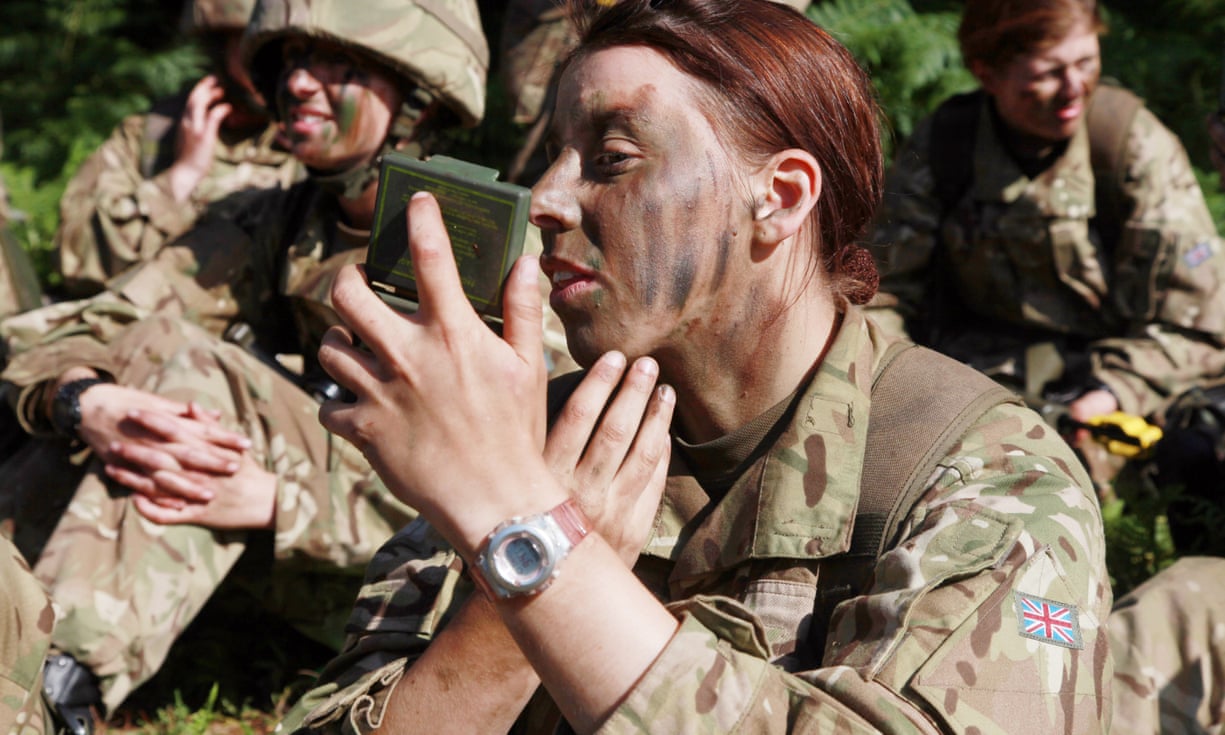A poem from Dr Isabella Stenhouse's archive, saved from her time in Malta as one of the first women to serve as a doctor with the British Army:
A HOSPITAL CONCERT, MAY 8, 1917
DEDICATED TO A VOICE
She will wish her pure strings to be mute—
Heal us, alone, by thy voice!
We are weak—with an arm, or a foot,
‘Tented,’ or bound, to no choice;
Ours are the bandaged eyes,
A-search for the Singer’s face—
Denials, through darkness, arise,
Pierce it with sound, for a space:
O Singer of Life—so, of pain!
Sing ‘Vita’––thy ‘Vita’––again and again
Ah! those were old words, that we’ve read—
‘O Sempre Amore’—that stirred;
And Love’s for us lads, sick in bed,
And Love is the wounded’s last word;
And a warmth drew in from the street,
And we slipped to an English June,
And England and Italy meet,
And touch the same chord of Love’s tune:
O Singer of Love—lift from pain!
Sing thy ‘Sempre Amore’—again and again!
Then he sank to an under key—
‘O Pena’!—O Pain! is it not?
And we fell to a blind reverie—
For we’ve had our pain, God wot!
We were back in the fever and ache,
Or peered in a pal’s dead face,
Or were feeling the lift and the shake,
And the moan in us down to the Base;
O Singer—though sweetest—of pain!
Sing ‘Pena’—thy ‘Pena’—again and again
Then he wrought us—passionate—loud—
‘Guerra, ah Guerra’!—is it War?
For our slack frames stiffened them proud,
And the men, we were once, we saw—
Over and on to a Leader’s sign,
Tightening their teeth on wild breath,
Spilling their blood like the reddest wine,
While they staked for winning or death!—
O Singer of madness and pain!
Sing ‘Guerra’—’thy Guerra’—again and again!
The ward empties to shuffle and drill—
All but two bedridden rows;
But he’s made eyes,—the dryest—to fill,
He’s breathed all our souls to new glows;
And a pale face, still in a trance—
Is away to the glory of things;
And the crutches tap tap to a prance;
While a voice to the hollowness clings—
O Vita dolce, si sovente amara!
O Sempre Amore—Pena e Guerra!—
Valletta, May 10th, 1917
F.D.B.










